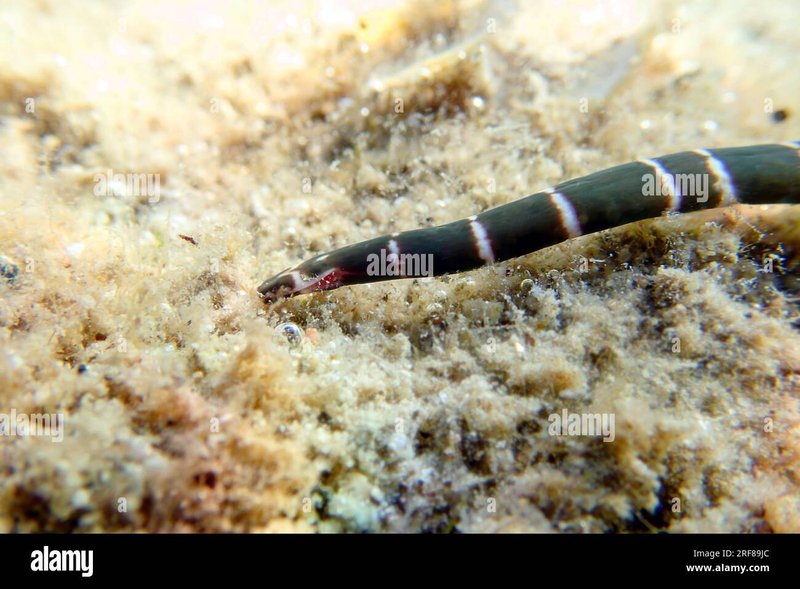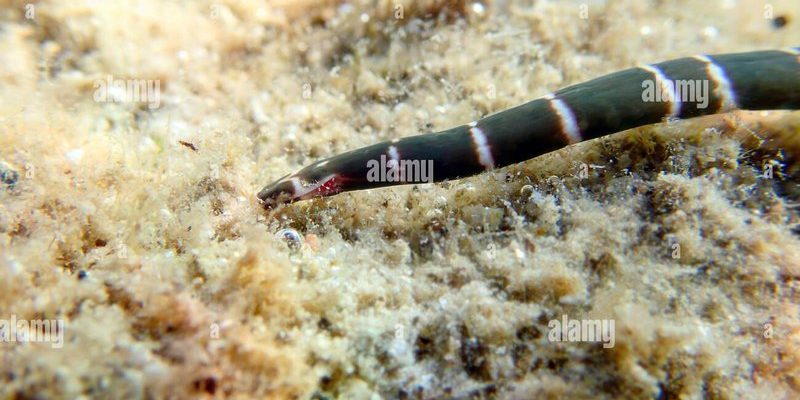
Let’s dive into the fascinating world of bootlace worms and uncover who— or what— preys on them. If you’ve ever wondered about the ocean’s food chain and how different species interact, this topic might just reel you in. Think of it as a thrilling underwater drama where each character plays a vital role in maintaining the balance of marine life.
What Exactly is a Bootlace Worm?
Before we explore their predators, it’s helpful to know what bootlace worms are. These worms belong to the class **Polychaeta** and are famous for their striking appearance. They often have vibrant colors that can range from bright reds to greens, which might remind you of a rainbow washed up on the beach.
Bootlace worms are mostly found in shallow coastal waters, where they often burrow into the sand or hide among rocks. They have a unique ability to regenerate lost body parts, which has led some people to nickname them “the superheroes of the sea.” But why are they so interesting in the predator-prey dynamic?
Their sheer size and regenerative capabilities make them a captivating subject for marine biologists. However, these traits also attract various predators who see these long, squiggly worms as a tasty snack. So, who are these predators?
Common Predators of Bootlace Worms
Think of the ocean as a giant buffet where different creatures have their favorite dishes. Bootlace worms are on the menu for several types of marine life. Here are some of the key players that hunt them down:
- Fish: Many fish species, especially those known for bottom-feeding, are natural predators of bootlace worms. They tend to dig into the sand or rocks to find these worms, making dinner out of them.
- Crabs: Various crabs, particularly those in the intertidal zones, also enjoy munching on these worms. Their powerful pincers can easily grab bootlace worms out of their hideouts.
- Seabirds: When the tide goes out, and the worms are exposed, seabirds swoop down for a quick meal. Birds like seagulls have been known to peck at the sand to find these well-camouflaged creatures.
Each of these predators plays a significant role in the ocean’s ecosystem, keeping the bootlace worm population in check. This relationship reflects the delicate balance of marine life, where every species has its part to play.
How Fish Hunt Bootlace Worms
Fish are perhaps the most common predators of bootlace worms. The hunting style varies by species, but most are quite skilled at sniffing out their squiggly prey. For example, flatfish like flounder lie in wait on the ocean floor, blending in with the sand. When a worm comes along, they strike with lightning speed.
Additionally, some predatory fish use their keen sense of smell to detect bootlace worms buried in sediment. Fish like cod will dig into the sand to flush out these slippery worms. It’s almost like a game of hide-and-seek!
Interestingly, some fish have adapted their behavior based on the presence of bootlace worms. They’ll form groups to hunt, increasing their chances of a successful catch. This teamwork is just one of the many wonders of the ocean’s food chain.
The Crab Factor
Crabs are another formidable predator of bootlace worms. They have strong pincers that allow them to dig into the sand and rock crevices where these worms like to hide. Imagine a crafty detective, poking and prodding to uncover clues. That’s what crabs do when they’re searching for their next meal!
Some crab species even specialize in hunting worms, which means they’re particularly skilled at it. For example, the blue crab has a reputation for being a proficient hunter. They’ll scour their environment with an impressive sense of touch, sensing even the slightest movements in the sand.
What makes crabs so fascinating is their adaptability. If one hunting technique isn’t working, they’ll try something else. This resourcefulness is essential for their survival and keeps the bootlace worm populations in check.
Seabirds and Bootlace Worms
Seabirds add another layer to this underwater drama. When the tides recede, bootlace worms can become exposed, making them easy targets for a hungry bird. Species such as gulls and sandpipers are particularly keen on this coastal buffet.
These birds have a sharp eyesight and can spot movement in the sand from a distance. When they see a potential meal, they swoop down, using their beaks to dig and catch the worms. It’s like watching a high-stakes game unfold in real-time—one moment the worm is hidden; the next, it’s a meal for a hungry seabird.
This interaction highlights a fundamental aspect of nature: survival of the fittest. Seabirds that are better at spotting and catching bootlace worms will thrive, while others might struggle. It’s a constant cycle that maintains balance within the ecosystem.
Impacts of Predation on Bootlace Worm Populations
Predation plays a significant role in shaping the populations of bootlace worms. Without their natural predators, these worms could multiply unchecked, leading to ecological imbalances. Just like in any community, a little bit of competition is essential for keeping everything in check.
For instance, if fish populations increase dramatically, there could be a corresponding decrease in bootlace worms. This helps ensure that no single species dominates the ecosystem. By controlling the worm population, predators help maintain healthy sediment levels and intertidal habitats.
The relationship between bootlace worms and their predators is a prime example of the **food web** in action. Each species relies on others to survive, creating a complex web of interactions that make marine ecosystems so fascinating.
In the grand scheme of life under the sea, bootlace worms may seem small, but they represent part of a much larger story. Their natural predators like fish, crabs, and seabirds help keep their populations in check, ensuring that the ocean remains balanced and vibrant.
Understanding these relationships can deepen our appreciation for marine life and the delicate ecosystems that exist beneath the waves. Every species has its role, and the intricate dance of predator and prey is essential for maintaining that harmony. So, the next time you think of bootlace worms, remember that they’re not just long and slippery; they’re also key players in a breathtaking underwater narrative.

